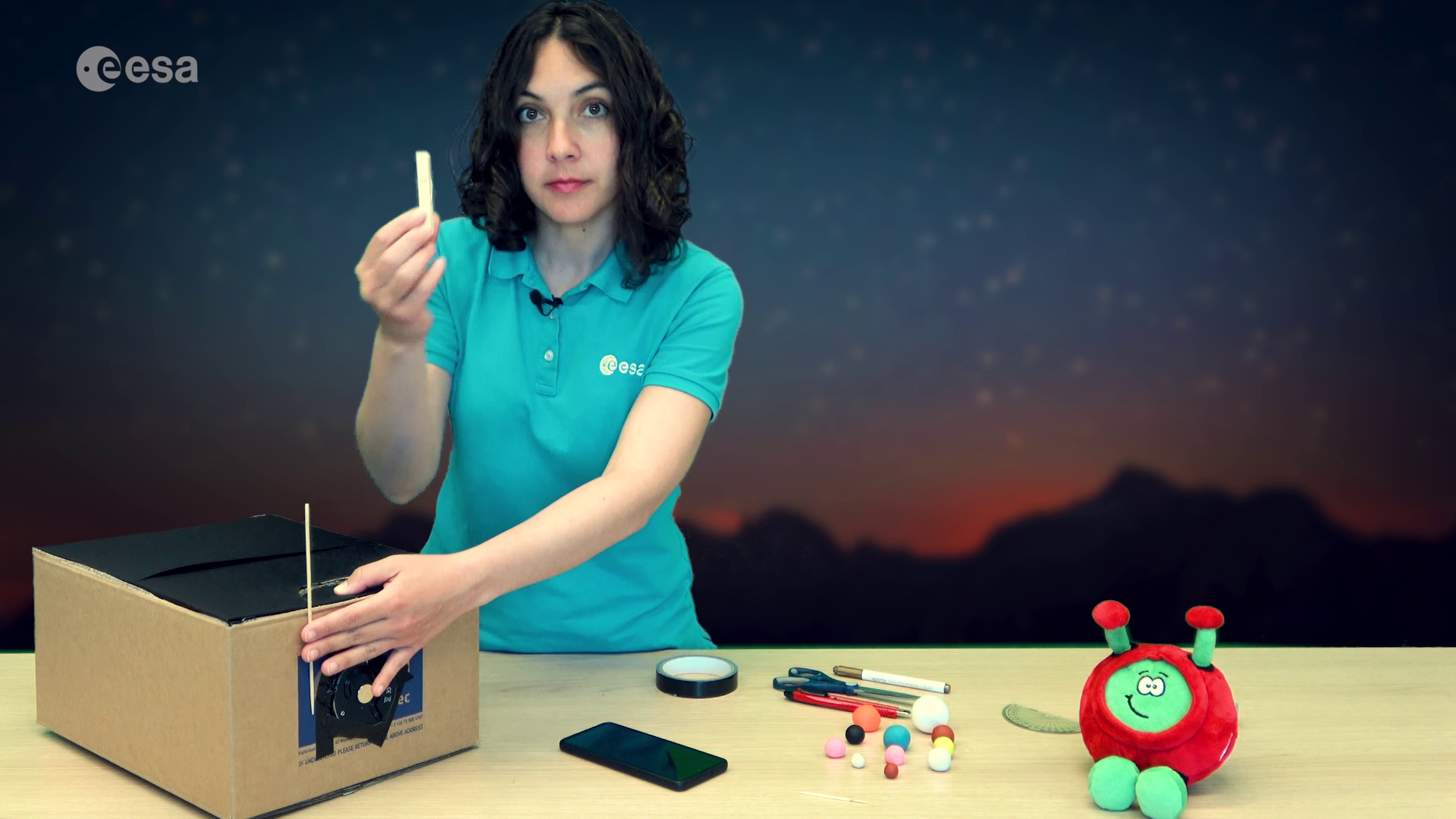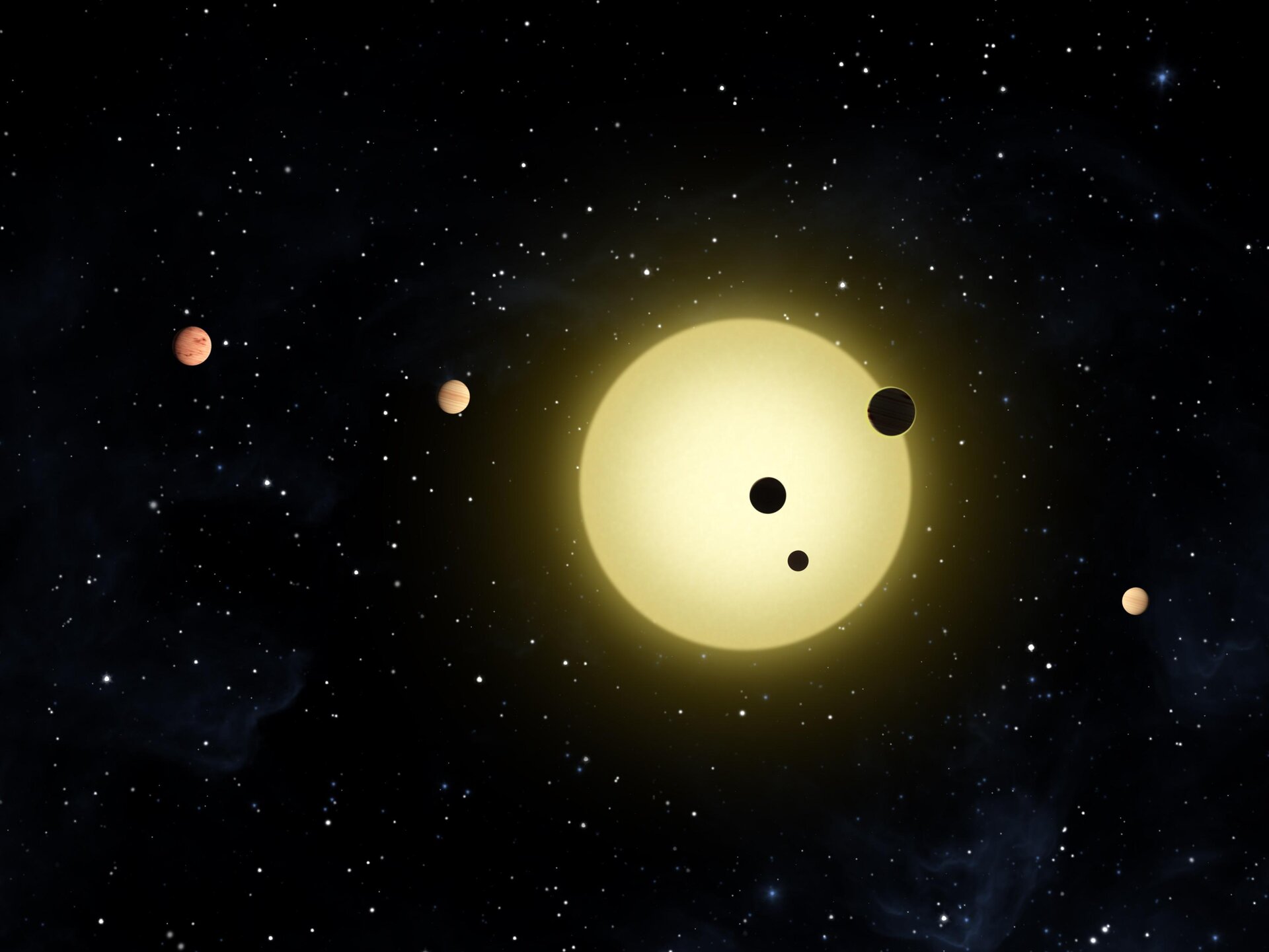Exoplanets Detective – Characterising exoplanetary systems
In brief
In this set of activities students will learn how scientists study exoplanets with telescopes, using the transit method.
In-depth
In this set of activities students will learn how scientists study exoplanets with telescopes, using the transit method. Students will characterise exoplanets using model and real satellite light curves data from ESA’s satellite Cheops (CHaracterising ExOPlanet Satellite). They will practice data plotting and interpretation, and scaling of graphs in the context of exoplanet characterisation. This activity is part of a series that includes “Exoplanets in Motion” where students build their own transit model and “Exoplanet in a Box” where students build a transit model inside a shoebox and calculate the size of an exoplanet.
Languages: English, Czech, Danish, Dutch, Greek, Norwegian, Portuguese, Spanish and Swedish
Subject: Science, Physics, Mathematics, Astronomy
Age: 13 -18 years old
Time: 45 min
Learning objectives:
- Understanding what exoplanets are and how satellites investigate them.
- Understanding how the transit method is used for the characterisation of exoplanets.
- Enhancing experimental skills by observing and interpreting measured light curves.
- Thinking mathematically and converting an abstract model to a real model.
- Interpreting experimental data using mathematical models and plots.
- Drawing conclusions comparing a model to a real exoplanet system.
- Communicating scientific and mathematical findings to peers.
Find out more on the Hack an Exoplanet website.


Access the video


